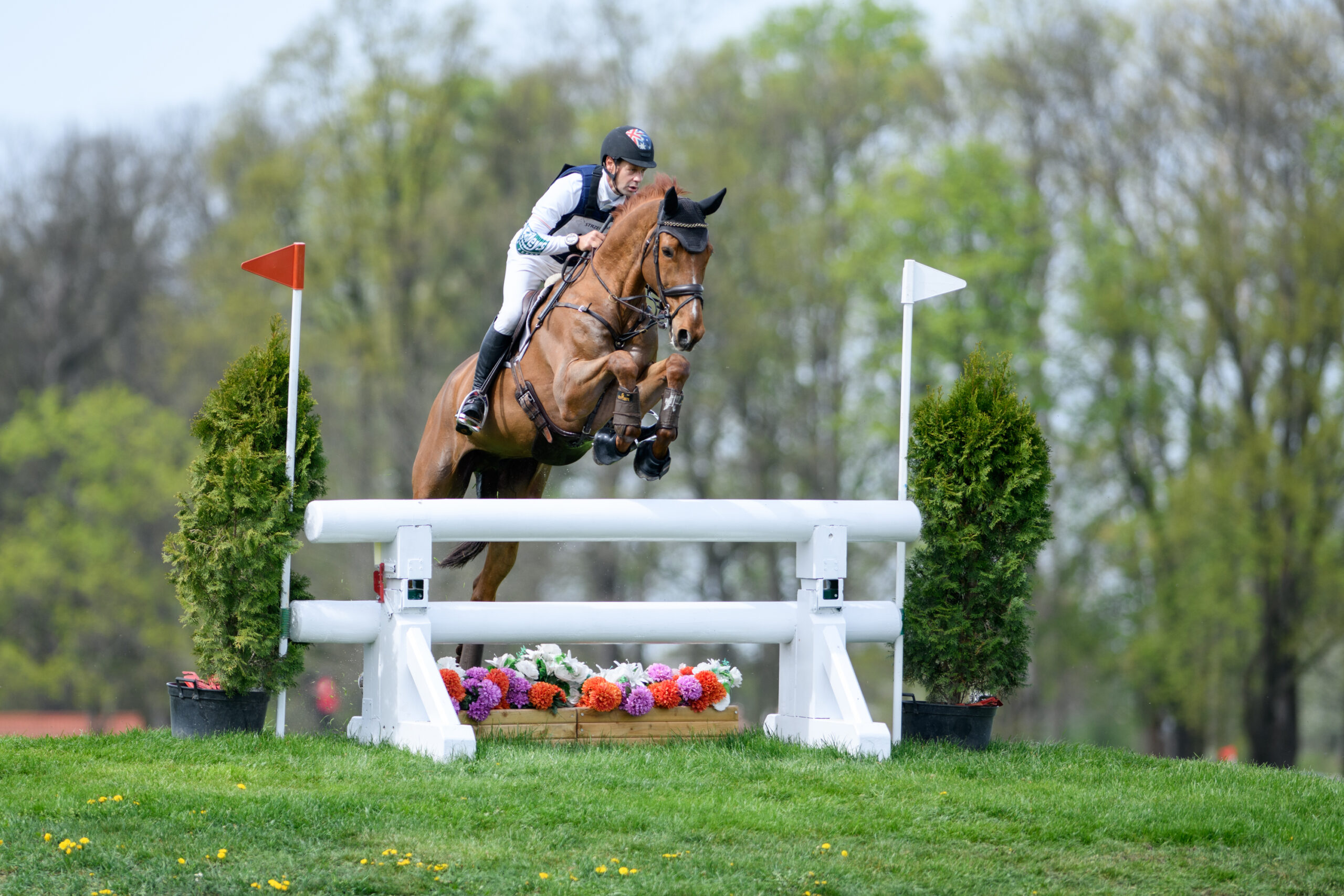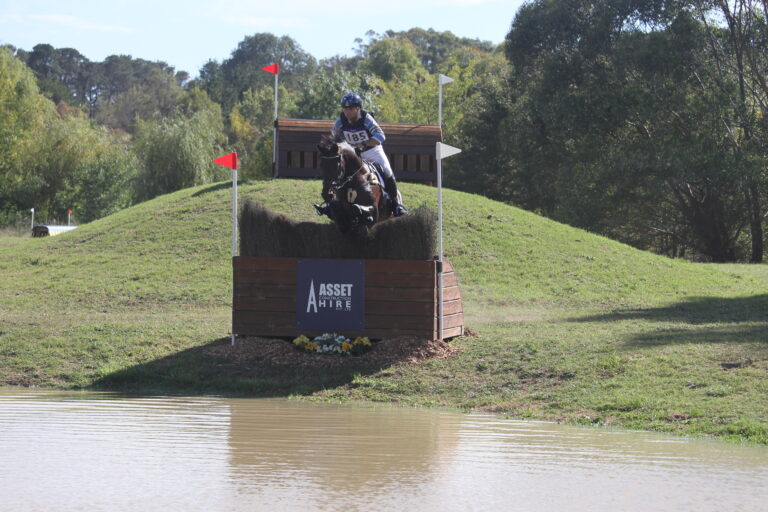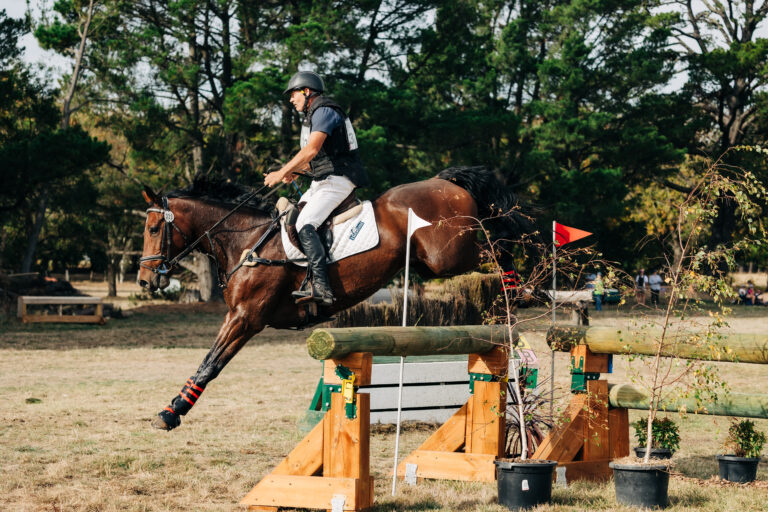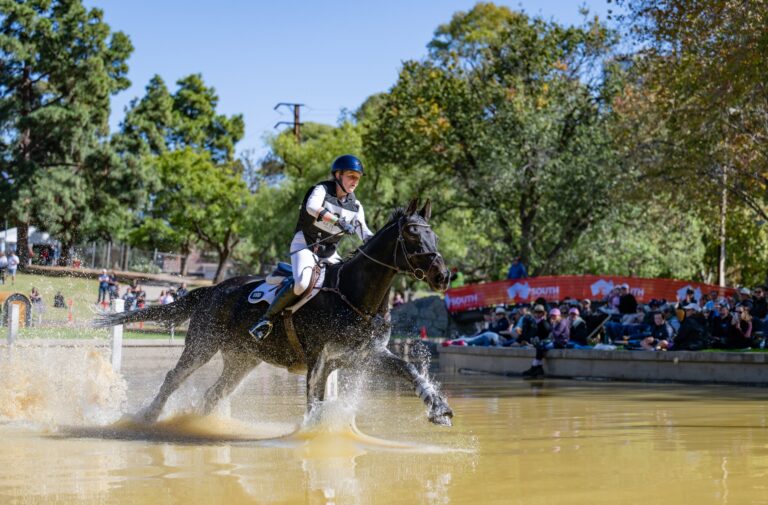Inside Paris | Presented by International Horse Breeders
With the Paris 2024 Olympic Games just around the corner, anticipation is growing for the equestrian events. Held at the stunning Château de Versailles, the Eventing competition is set to be a standout feature, with Australia historically a strong medal contender.
You can read Heath Ryan’s thoughts in our July issue here. Stay tuned for Heath’s imminent preview of the Eventing competition at Paris; he says the dressage phase is where the medal contenders will emerge, so it’s time to get excited about Eventing dressage! Read Heath’s thoughts on the Eventing at Paris here.
At the Tokyo Olympics, Australia secured a team silver and individual bronze, while at Rio 2016 we brought home a team bronze. We also claimed team silver at Beijing 2008, and prior to that were the golden years where the team won three consecutive gold medals at Sydney 2000, Atlanta 1996, and Barcelona 1992. Of course, we were also successful long before that!
Paris 2024 Eventing format
The Paris 2024 Olympics will continue the three-rider team format introduced at Tokyo 2020. Teams consist of three horse-and-rider pairs, and all scores contribute to the team’s total (no drop score). A reserve pair can substitute in if a team member withdraws or is eliminated for medical or veterinary reasons. More on how substitutions work below.
First horse inspection
Of course, the action doesn’t begin until all combinations pass the first horse inspection. For the Eventing team the first inspection takes place on Friday 26 July, which coincides with the Opening Ceremony.
Dressage
Following this, our team riders – Shane Rose and Virgil, Kevin McNab and Scuderia 1918 Don Quidam, and Chris Burton riding Shadow Man (with Shenae Lowings and Bold Venture the travelling reserves) – will be coming to our screens on Saturday 27 July for their dressage tests starting at 9:30am in Versailles and a respectable 5:30pm AEST. The aim for day one is for combinations to showcase their harmony, suppleness and accuracy and come away with the least number of penalties possible for their test.
Fast fact: Combinations will perform a modified dressage test that is shorter and specifically designed for the Olympics, ensuring a dynamic competition. View the test here.

Shane Rose and Virgil. Image by Hippo Foto – Dirk Caremans.
Cross country
Sunday 28 July is the highly anticipated cross-country phase for the team. Pierre Le Goupil is the course designer, who has designed courses around the world including the 2023 Pan American Games in Santiago Chile, and the 2023 European Eventing Championships in Haras du Pin. Pierre has designed the course with multiple options saying “in some cases it won’t be necessarily direct routes versus slow routes, but more like multiple choice questions” thus leaving it up to the skill and knowledge of the riders as to which lines will best suit their horses. This class begins at 10:30am local time and 6:30pm AEST.
Fast fact: The course will cover 5-5.8km, will include up to 42 efforts (jumps), and will be accompanied by an optimum time of no more than 10 minutes.
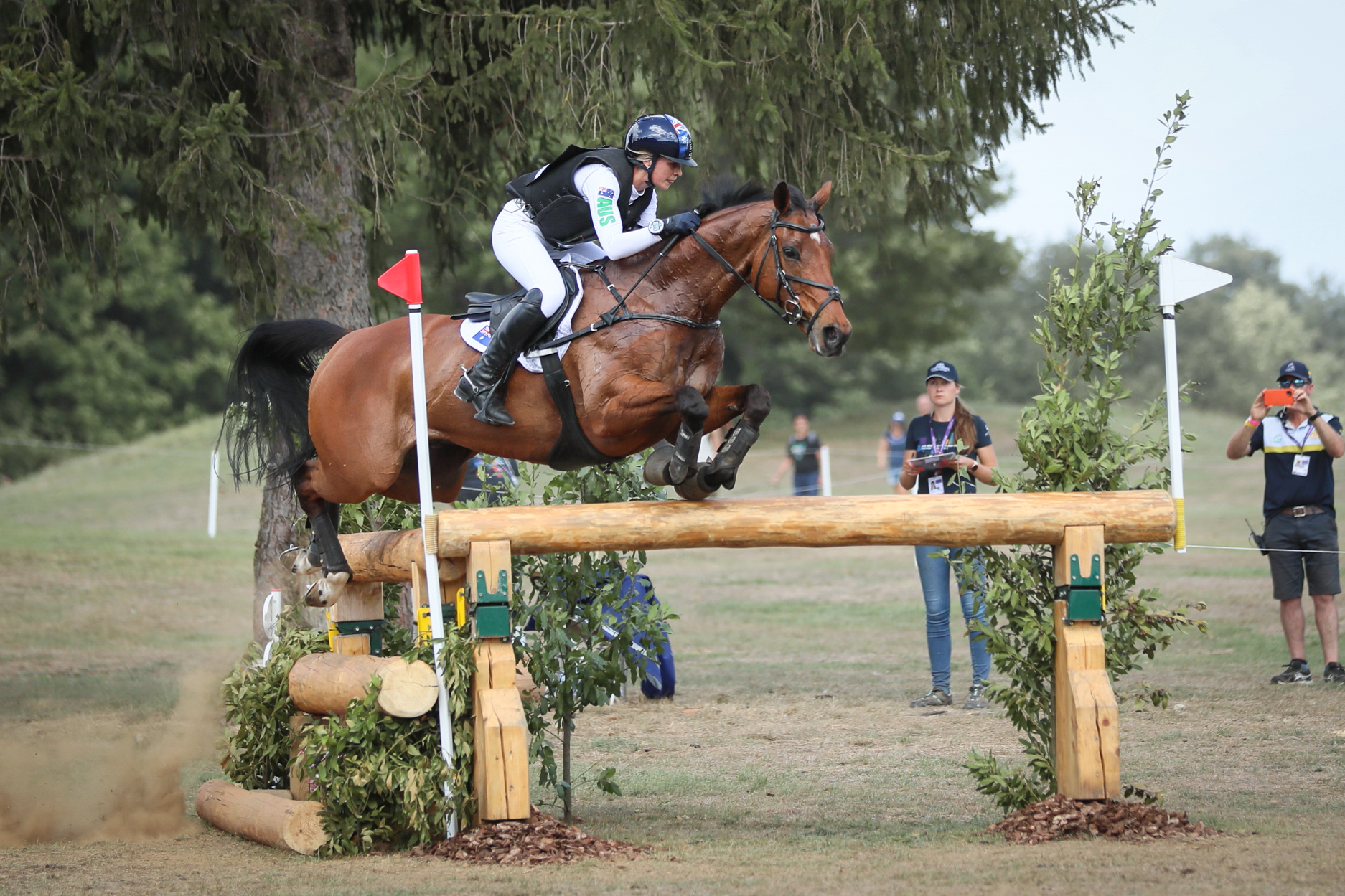
Shenae Lowings and Bold Venture (travelling reserves). Image by Michelle Terlato Photography.
Jumping
The Eventing is rounded out with final phase of jumping following the second horse inspection on Monday 29 July. The first course will be the Team final round and Individual qualifier commencing at 11:00am local time and 7:00pm AEST. The height will be 1.25m for this round.
Directly following will be the Individual medal decider jumping round. This is for the top 25 combinations following the completion of the three phases where they will jump an additional course at a maximum height of 1.30m to decide the individual medals. This second round begins at 3:00pm local time and 11pm AEST. The medal ceremony for both Team and Individual placings is promptly after occurring at 4pm local time and 12:00am AEST on 30 of July for us Australians making it a late one.
Fast fact: The initial jumping round, with fences at 1.25 meters, decides team standings. The top 25 riders then compete in a second round at 1.30 metres for individual medals.

Kevin McNab and Don Quidam. Image by FEI/Christophe Taniére.
Substitution rules
Substitutions are permitted for medical or veterinary reasons only, not for tactical purposes.
Pre-competition changes up to two hours before the first dressage test do not incur penalties.
All reserve horses must pass a horse inspection.
Non-completion of any phase results in significant penalties: 100 points for dressage or show jumping, and 200 points for cross-country.
A 20-point penalty is incurred if a substitution is used (only one substitution per team is allowed. No substitution is permitted where the combination has been eliminated for Dangerous Riding, Abuse of Horse or where the combination has been disqualified.)
Viewing options
Australian viewers can catch all the Olympic action live and free on the Nine Network, with extensive coverage on its main TV channel, 9Gem, and streaming via 9Now. Stan Sport will also offer live and ad-free broadcasts of all events in 4K Ultra HD.
Schedule
Saturday, July 27: Dressage phase
5:30 PM AEST: Horse-and-rider combinations will perform a series of choreographed movements, judged on precision and elegance.
Sunday, July 28: Cross-Country phase
6:30 PM AEST: Competitors tackle a challenging course filled with natural obstacles, testing endurance and jumping ability.
Monday, July 29: Jumping phase
The second round features the top 25 competitors, with fences set at 1.30 metres, to decide the individual medals.
7:00 PM AEST: The First round determines the team medals, with fences set at 1.25 metres.
Understanding Eventing
For those new to the sport,Eventing is a multifaceted equestrian competition that challenges participants in three distinct areas: dressage, cross-country, and jumping. It spans three days and is often compared to a triathlon due to its rigorous demands on both horse and rider.
Jumping: The final phase consists of a timed round over a course of colourful fences in an arena. Penalties are given for knocking down fences, refusals, and time faults. At the Olympics, this phase is divided into two rounds: the first determines team medals, and the second, for the top 25 competitors, determines individual medals.
Dressage: This phase requires competitors to perform a series of precise movements in a set pattern, judged on accuracy, grace, and the horse’s responsiveness. Scores are given as percentages, which are then converted into penalty points (higher percentages result in fewer penalties).
Cross-Country: The second phase tests endurance and jumping ability over a varied outdoor course featuring natural obstacles like water, ditches, and logs. Penalties are assessed for refusals, run-outs, and exceeding the time limit, while falls result in elimination.
